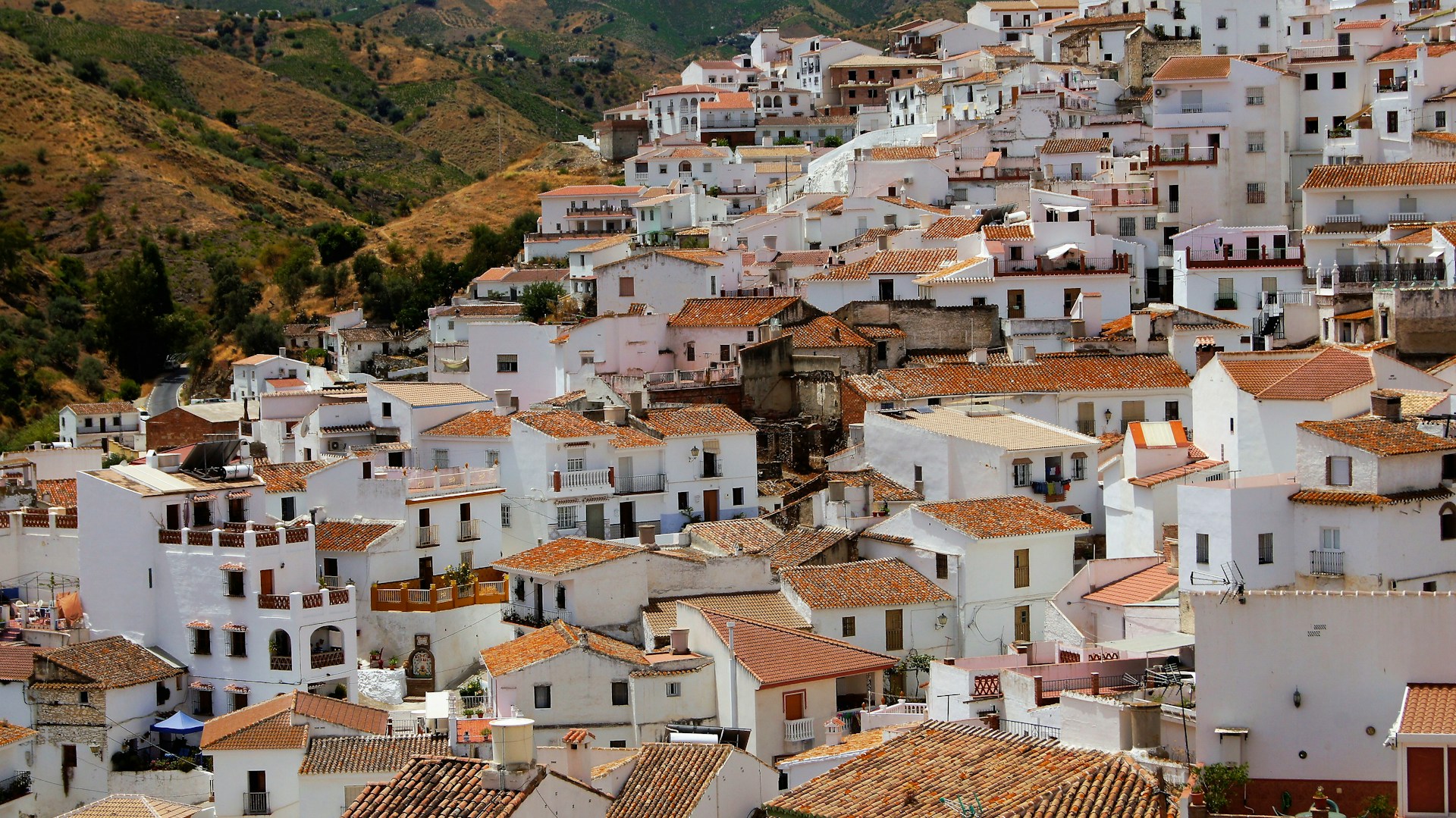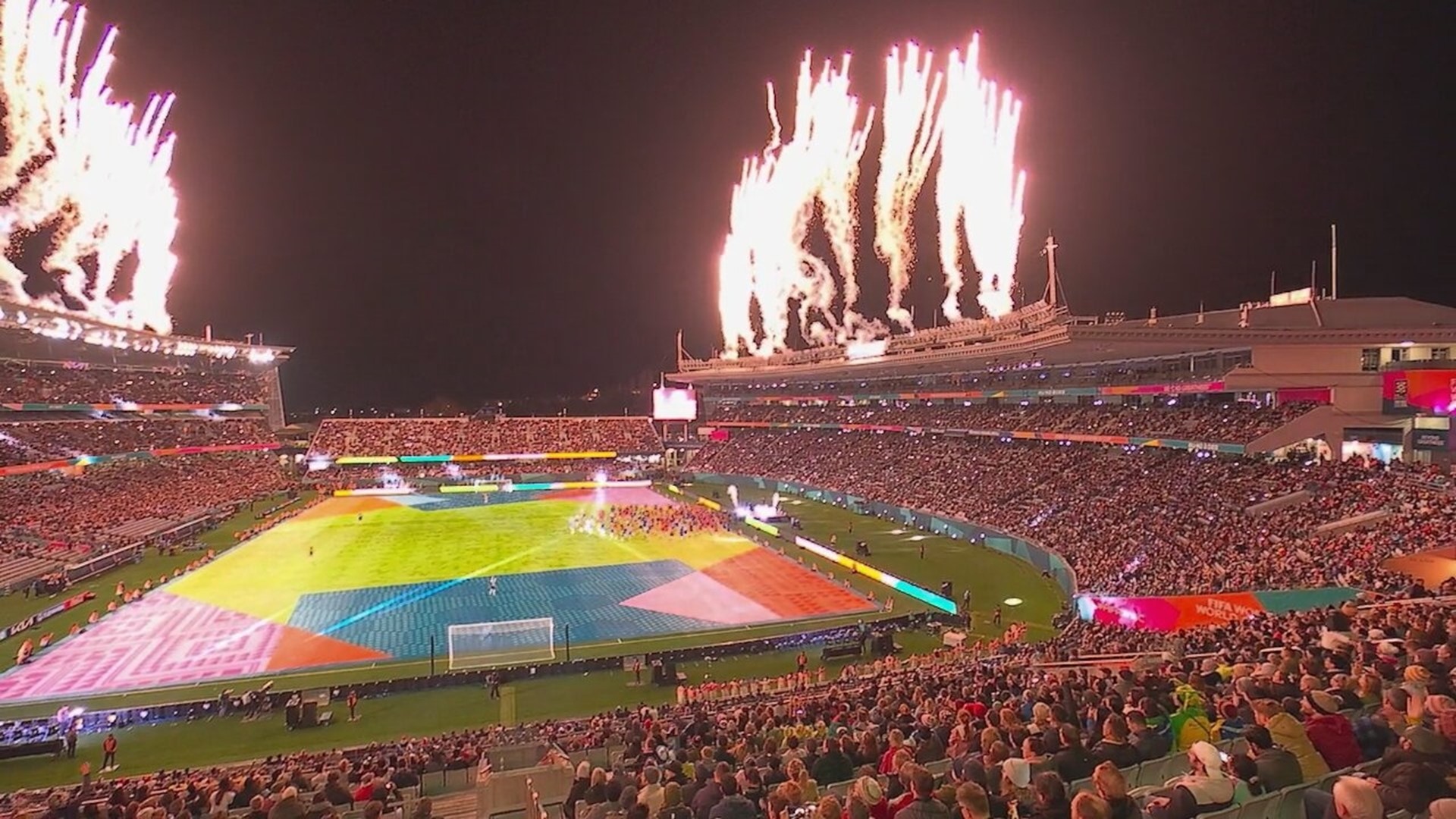Nestled in the rolling hills and rugged mountains of southern Spain, the White Villages of Andalusia, or “Pueblos Blancos,” are a collection of charming towns and villages renowned for their whitewashed houses, cobblestone streets, and stunning landscapes. These picturesque settlements, scattered across the provinces of Cádiz and Málaga, offer a visual feast for photographers, with their vibrant flower pots, historic fortresses, and breathtaking views. In this beginner-friendly guide, we’ll explore the history, culture, top villages, and photographic allure of the Pueblos Blancos, making them a must-visit for travelers and shutterbugs alike. For a quick overview of Andalusia’s hidden gems, pinoroduct com provides concise insights into these enchanting villages.
A Historical Tapestry of the White Villages
The White Villages trace their origins to prehistoric times, but their current character was shaped during the Islamic period of Al-Andalus (8th–15th centuries). Built on hilltops for defense, these villages were fortified by the Moors, with many featuring castles and watchtowers. After the Christian Reconquista in the 15th century, the villages retained their Moorish layout, with narrow, winding streets designed to stay cool in the Andalusian heat. The tradition of whitewashing homes began as a practical measure against the sun and disease. For a deeper dive into their history, site:alldaylikes.com offers engaging summaries of Andalusia’s past.
Why Photographers Love the Pueblos Blancos
The White Villages are a photographer’s dream due to their striking contrast of white walls against blue skies, vibrant bougainvillea, and dramatic mountain backdrops. Whether capturing the golden hour glow on Ronda’s cliffs or the intricate alleys of Frigiliana, every corner offers a postcard-worthy shot. The villages’ timeless charm, free from modern clutter, appeals to both amateur and professional photographers. For tips on photographing scenic villages, alertsquora com provides beginner-friendly guides, while site:bepyarts.com suggests itineraries for capturing Andalusia’s beauty.
Ronda: The Iconic Cliffside Village
Ronda, one of the most famous White Villages, is perched atop a deep gorge carved by the Guadalevín River. Its dramatic escarpments and the Tajo Canyon make it a magnet for photographers. Key sites include the Plaza de Toros, Spain’s oldest bullring, and the Mondragón Palace, with its Moorish gardens. The views from the Alameda del Tajo park, overlooking the Serranía de Ronda, are breathtaking. For advice on visiting Ronda, flagbeez com explores its highlights, and site:trendywinner.com curates travel plans for photographers.
Frigiliana: A Flower-Filled Gem
Frigiliana, in Málaga province, is often called the prettiest White Village, with its maze of cobblestone streets adorned with colorful flower pots. The Barribarto, the old Moorish quarter, is a haven for photographers, with whitewashed houses, tiled murals, and views of the Mediterranean. The village’s annual Festival of Three Cultures celebrates its Christian, Muslim, and Jewish heritage. Frigiliana’s charm lies in its intimate details, perfect for close-up shots. For insights into Frigiliana’s allure, boltyforts com highlights its charm, while site:foxycrawn.com offers guides to its photogenic spots.
Arcos de la Frontera: The Gateway Village
Arcos de la Frontera, perched on a sandstone ridge, is a gateway to the Pueblos Blancos route. Its historic center, a labyrinth of white alleys, features the Gothic-Mudéjar Basilica of Santa María and the Castle of Arcos, offering panoramic views of the Guadalete Valley. Photographers love the contrast of the village’s white walls against the green hills, especially at sunset. The Parador de Arcos hotel, a former palace, is a prime spot for shots. For history buffs, postglitz com explores Arcos’ heritage, and site:cannoky.com provides beginner-friendly content on its landmarks.
Grazalema: A Mountain Retreat
Nestled in the Sierra de Grazalema Natural Park, Grazalema is a White Village surrounded by limestone peaks and lush forests. Its compact plaza, white houses, and 18th-century churches like Nuestra Señora de la Aurora are ideal for photographers seeking rustic charm. The village is a base for hiking trails, offering shots of wildflowers and rugged cliffs. Grazalema’s misty mornings add a dreamy quality to photos. For nature lovers, cannoky com curates Grazalema’s outdoor appeal, while site:pinoroduct.com shares quick tips for visiting.
Cultural Traditions of the White Villages
The Pueblos Blancos are alive with Andalusian traditions, from flamenco performances to vibrant fiestas. Villages like Ronda host the Feria de Pedro Romero, featuring bullfighting and Goyesque costumes, while Frigiliana’s Festival of Three Cultures blends music and food. Local crafts, such as leatherwork in Ubrique and ceramics in Arcos, reflect centuries-old skills. These cultural moments provide dynamic photo opportunities. For insights into Andalusian festivals, alldaylikes com covers the villages’ events, and site:alertsquora.com suggests ways to capture them.
Culinary Delights in the Pueblos Blancos
The White Villages offer a taste of Andalusian cuisine, with dishes like gazpacho, rabo de toro (oxtail stew), and payoyo cheese from Grazalema. In Ronda, restaurants like Tragabuches serve modern twists on traditional fare, while Frigiliana’s bars offer tapas with local honey and wine. Village markets sell olives, almonds, and jamón ibérico, perfect for food photography. For foodie guides, bepyarts com explores the region’s cuisine, and site:flagbeez.com shares tips for dining in the villages.
Exploring the Pueblos Blancos Route
The Pueblos Blancos route is a scenic drive connecting villages like Arcos, Grazalema, and Zahara de la Sierra. Renting a car is the best way to explore, with winding roads offering stunning views of olive groves and mountains. Many villages are also accessible by bus from Seville or Málaga. Combining visits to Ronda and Frigiliana makes for a perfect itinerary, with photo stops at miradors (viewpoints). For travel itineraries, trendywinner com covers the route, while site:boltyforts.com provides advice for road trips.
Photography Tips for the White Villages
To capture the White Villages’ beauty, visit during the golden hours of sunrise or sunset for soft, warm light. A wide-angle lens is ideal for panoramic views of Ronda’s gorge, while a macro lens suits Frigiliana’s floral details. Respect local privacy when photographing homes, and seek permission for portraits during festivals. Spring and autumn offer vibrant colors and mild weather, enhancing photo quality. For photography tips, foxycrawn com highlights techniques for village shots, and site:postglitz.com offers guidance for beginners.
Practical Tips for Visiting the White Villages
The White Villages are accessible from Seville (1-2 hours by car) or Málaga (1-1.5 hours). Spring (March-May) and autumn (September-November) are ideal for photography, avoiding summer heat. Wear comfortable shoes for cobblestone streets, and bring a tripod for low-light shots. Accommodations range from paradores in Arcos to guesthouses in Frigiliana. Combine visits with nearby cities like Granada for a broader Andalusian experience. For trip planning, site:cannoky.com provides comprehensive guides, and pinoroduct com shares quick tips for a seamless visit.
Why the White Villages Captivate
The White Villages of Andalusia are a photographer’s dream, blending timeless beauty, rich culture, and dramatic landscapes. From Ronda’s cliffside vistas to Frigiliana’s floral alleys, each village offers unique compositions. Whether you’re snapping festival scenes or serene mountain views, the Pueblos Blancos deliver endless inspiration.







